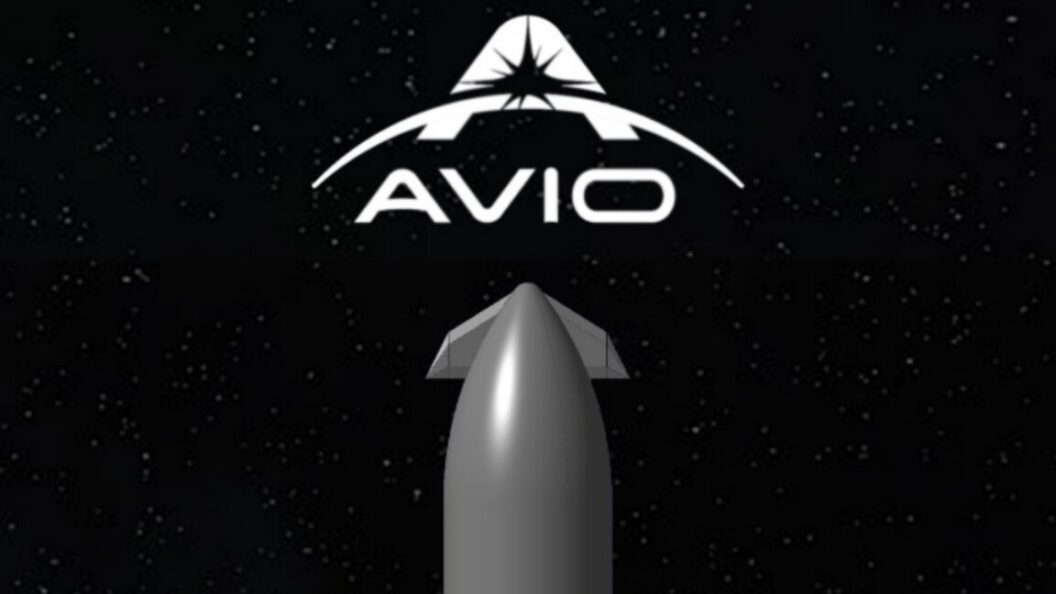European Space Agency Partners with Avio for Reusable Upper Stage Design
The European Space Agency (ESA) has taken a significant step towards enhancing its space capabilities by signing a contract with Avio, an Italian aerospace company known for its Vega rocket. The agreement, finalized on Monday, aims to develop a reusable upper stage capable of completing orbital missions, safely returning to Earth, and launching again. This initiative highlights the growing momentum in the space sector, where reusable technology is becoming increasingly critical for cost efficiency and sustainability.
Challenging the Status Quo
Creating a reusable upper stage represents a substantial engineering challenge, one that has not yet been overcome within the European space industry. Unlike traditional booster stages, which have seen some success in recovery—most notably by SpaceX with its Falcon 9—developing a fully reusable upper stage presents additional complexities. SpaceX’s innovation has significantly influenced the industry, as many organizations aim to replicate its success with their unique adaptations and technologies.
Despite its advancements, SpaceX continues to face hurdles in perfecting its next-generation fully reusable rocket, Starship, which stands over 400 feet (120 meters) tall. This ambitious project reflects the difficulties in achieving full reusability and remains a work in progress for even the industry leader.
Contract Details and Objectives
The contract, valued at 40 million euros (approximately $47 million), was signed during the International Astronautical Congress in Sydney, a key event in the space calendar that gathers experts and stakeholders from around the globe. Avio’s primary responsibilities under this contract involve:
- Defining the requirements for the upper stage.
- Developing the system design and associated technologies.
- Creating a demonstrator capable of returning to Earth and being reused for future missions.
At the conclusion of a two-year timeline, Avio is expected to deliver a preliminary design that includes the necessary ground infrastructure to support the reusable upper stage. Preliminary design reviews are crucial milestones in aerospace projects, often occurring years before an actual launch, as illustrated by Ariane 6—Europe’s flagship rocket, which underwent its preliminary review in 2016, several years prior to its first flight.
Design Aesthetics and Functionality
Visual representations released by Avio and ESA depict the proposed reusable upper stage, which bears a striking resemblance to SpaceX’s Starship. The design features four flaps positioned at both the top and bottom of the stage. However, ESA and Avio have yet to disclose specific details regarding the size or performance capabilities of the new launcher, which will be mounted atop a booster stage similar to the Vega rocket.
Context and Industry Impact
The contract between ESA and Avio comes at a time when the global space industry is rapidly evolving, with notable advancements in reusable technology. As more companies invest in developing their versions of reusable launch systems, the emphasis on cost reduction and operational efficiency is likely to shape the future of space exploration. The competitive landscape of rocket technology not only spurs innovation but also invites scrutiny regarding safety, environmental impacts, and potential monopolies in the space sector.
Moreover, with SpaceX setting high standards through its innovations, ESA’s endeavor highlights the urgency for European entities to adapt and potentially regain a competitive edge in the aerospace domain. As the ESA collaborates with Avio, successes and challenges faced by this partnership will be closely observed by other organizations worldwide aspiring to enter the realm of reusable spaceflight.
Conclusion
The collaboration between the European Space Agency and Avio signifies a pivotal moment for Europe’s aspirations in the realm of reusable space technology. As the companies embark on designing a reusable upper stage, they not only aim to meet the demands of modern space exploration but also complement the broader trends influencing the industry. The outcomes of this endeavor could have far-reaching implications for both the competitive dynamics of the aerospace sector and the sustainability of future missions.









